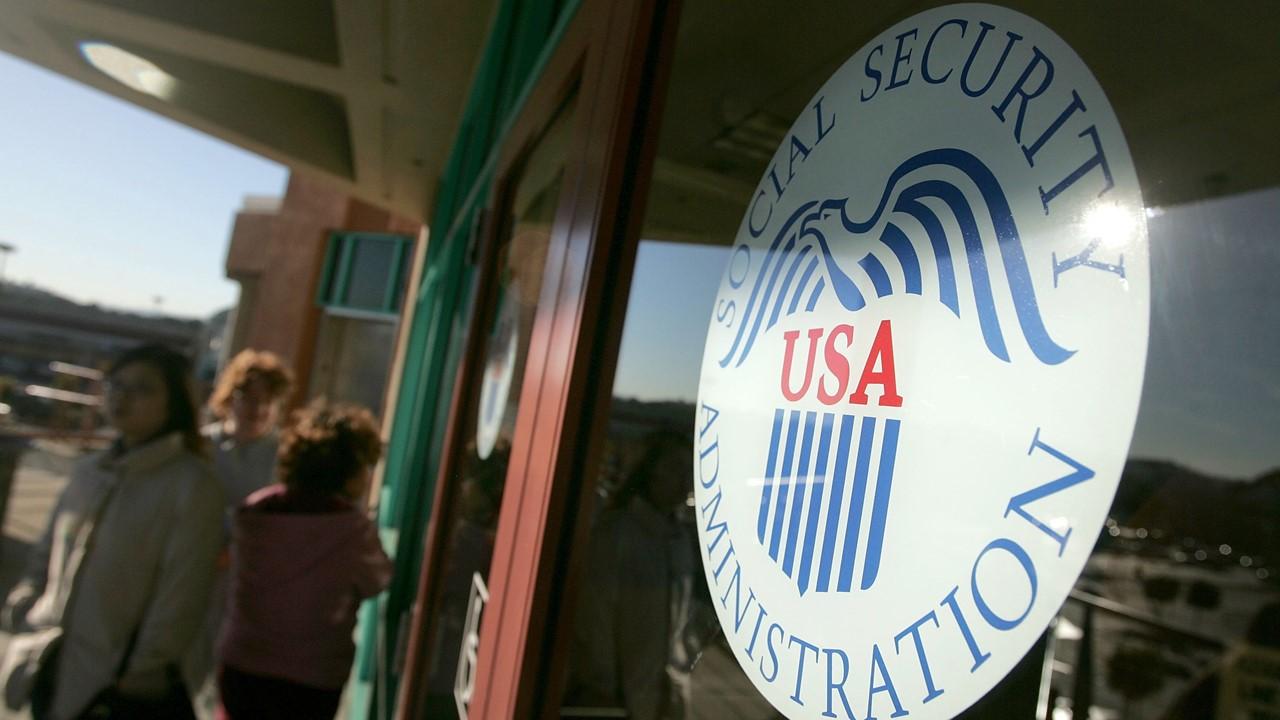Over 180 Countries Besides the U.S. Have Some Kind of Social Security
Over 180 countries and territories have some form of Social Security similar to the U.S. Social Security program.
Sept. 2 2021, Published 1:51 p.m. ET

The U.S. has had the Social Security program since the Social Security Act was signed into law by President Franklin D. Roosevelt in 1935. A provision of a living income for retired workers over age 65 was the initial program's main objective.
Over time, Social Security has undergone quite a few changes with disability coverage and medical benefits added. The program’s benefits are financed through a dedicated payroll tax or tax paid by U.S. workers into the system. While you’re working, you give up a portion of your income and expect to receive it back decades later.
The Social Security Administration and financial analysts have been warning for years about an imminent depletion of Social Security funds. While the program isn’t expected to completely run out of money, it's slated to run low enough by 2034 that retiree benefits will get reduced.

Countries with Social Security programs
According to the ISSA (International Social Security Association), over 180 countries and territories have some form of Social Security. The ISSA provides online information about the Social Security equivalent programs in each of those countries.
The ISSA has data on whether the country has programs for old age and retirement income, illness, maternity leave, accidents and occupational diseases, and unemployment. Here's some more information about a few of the countries.
Canada: The Canadian Social Security program consists of the Canada Pension Plan or Quebec Pension Plan as well as universal and social assistance. The pension plan is funded similarly to the U.S. through a payroll tax.
Brazil: Brazil has a program for social insurance, which is paid by salaried workers, and social assistance, provided for needy residents.
Japan: Japan has a social-insurance system that includes a flat-rate benefit under its national pension program. It also has a benefit based on earnings through the employee pension insurance program.
Most countries with these programs operate in a similar fashion. Members of the current workforce contribute funds that provide income for the country's retired population.
The ISSA releases one of four regional volumes every six months of Social Security Programs Throughout the World, which it produces in collaboration with the U.S. Social Security Administration. Up-to-date information on each country’s programs is also online.

What are international Social Security agreements?
The U.S. has worked with other countries since the 1970s to coordinate U.S. Social Security with equivalent or comparable programs in those other nations. “Totalization agreements” or international Social Security agreements are intended to serve two purposes—to prevent dual taxation and to fill in benefit protection gaps.
These agreements benefit people who are from one country but work in another country when both countries have some form of Social Security. Paying Social Security taxes to both the U.S. and the country of employment could be overly costly.
Currently, the U.S. has international Social Security agreements with Canada and many European nations, including Italy, Switzerland, the United Kingdom, France, Austria, and Finland to name a few. The U.S. also has agreements with South Korea and Japan.
